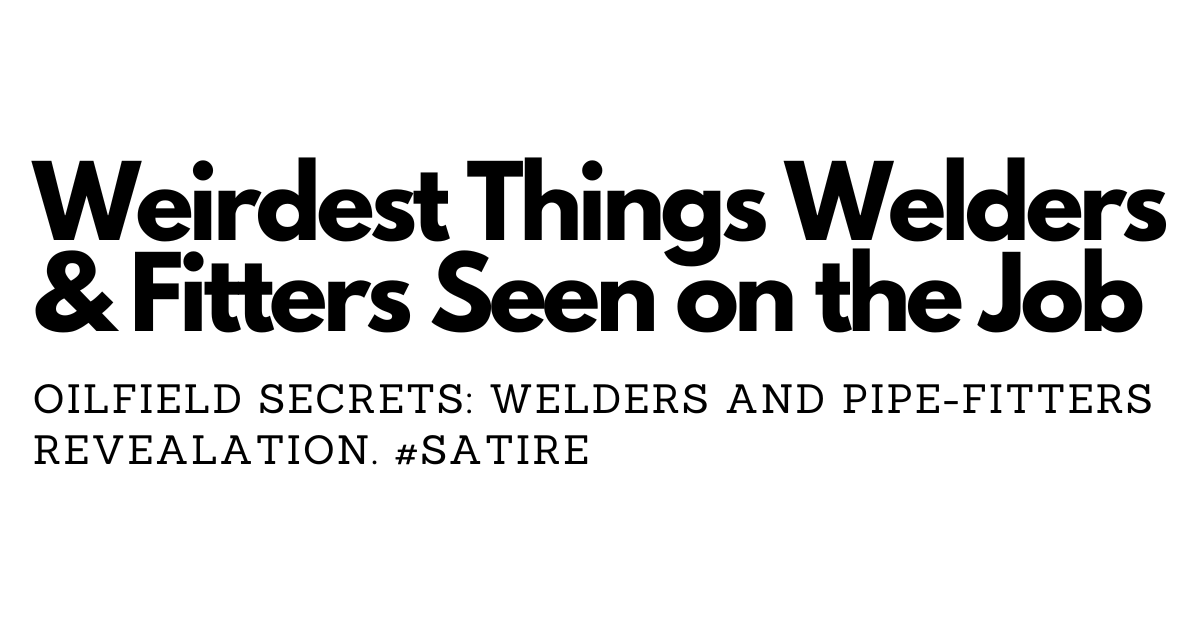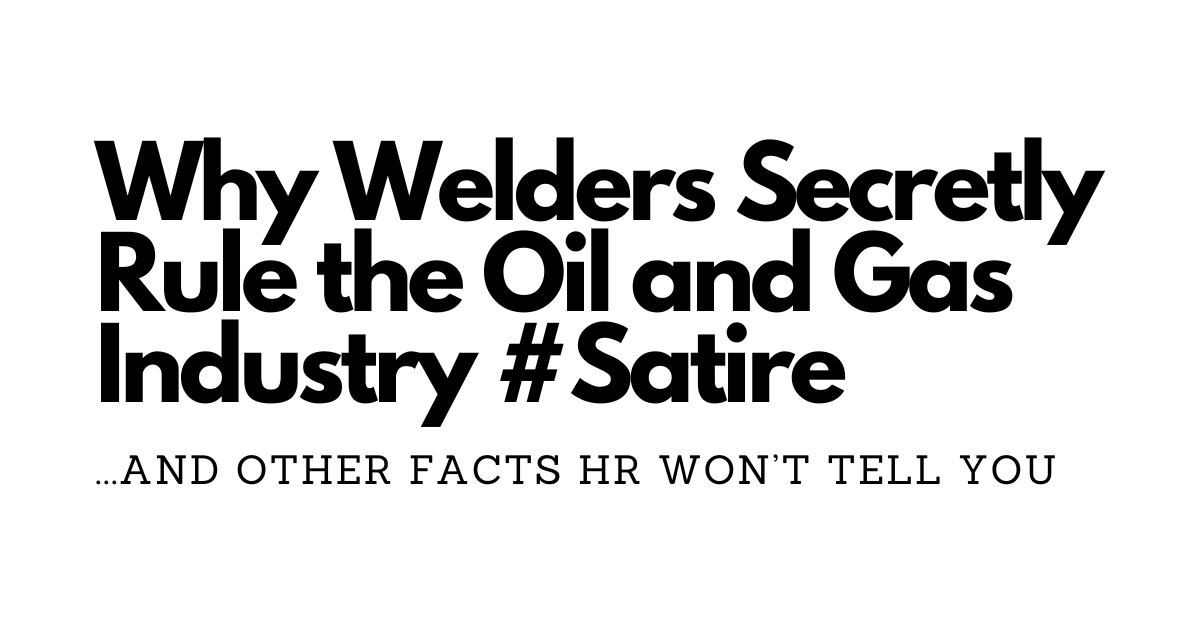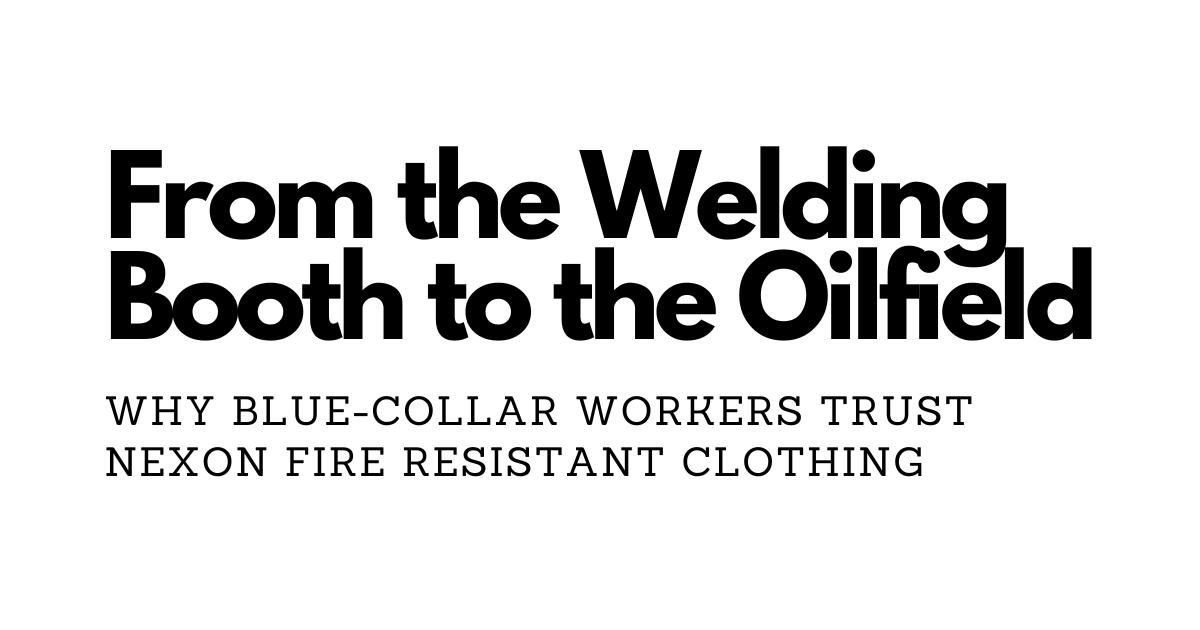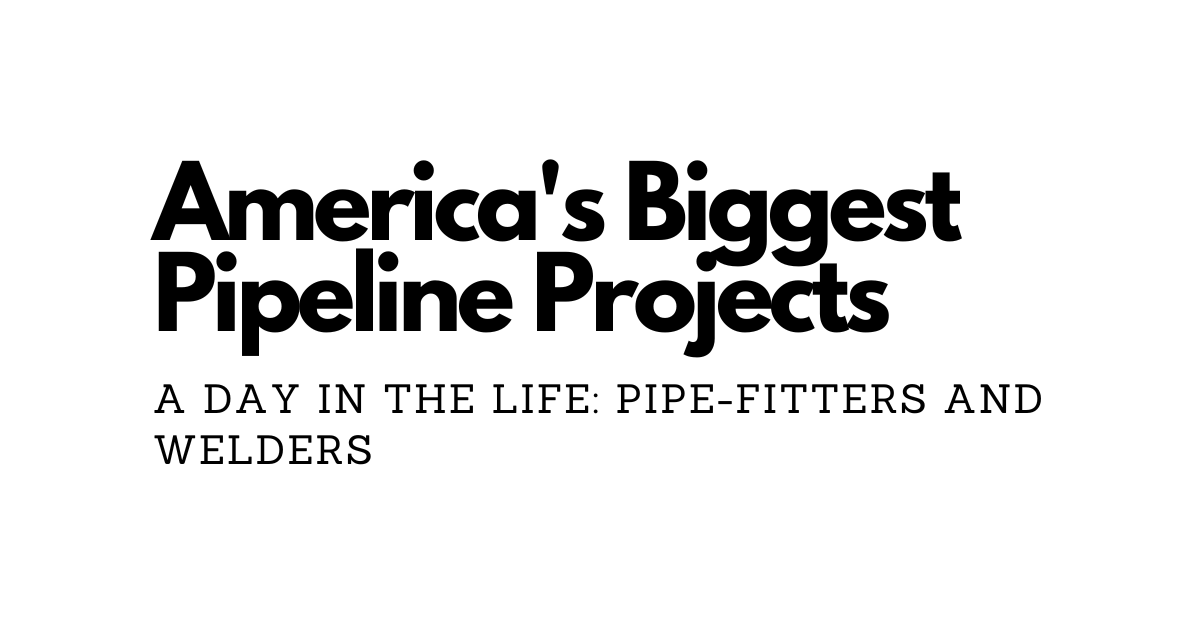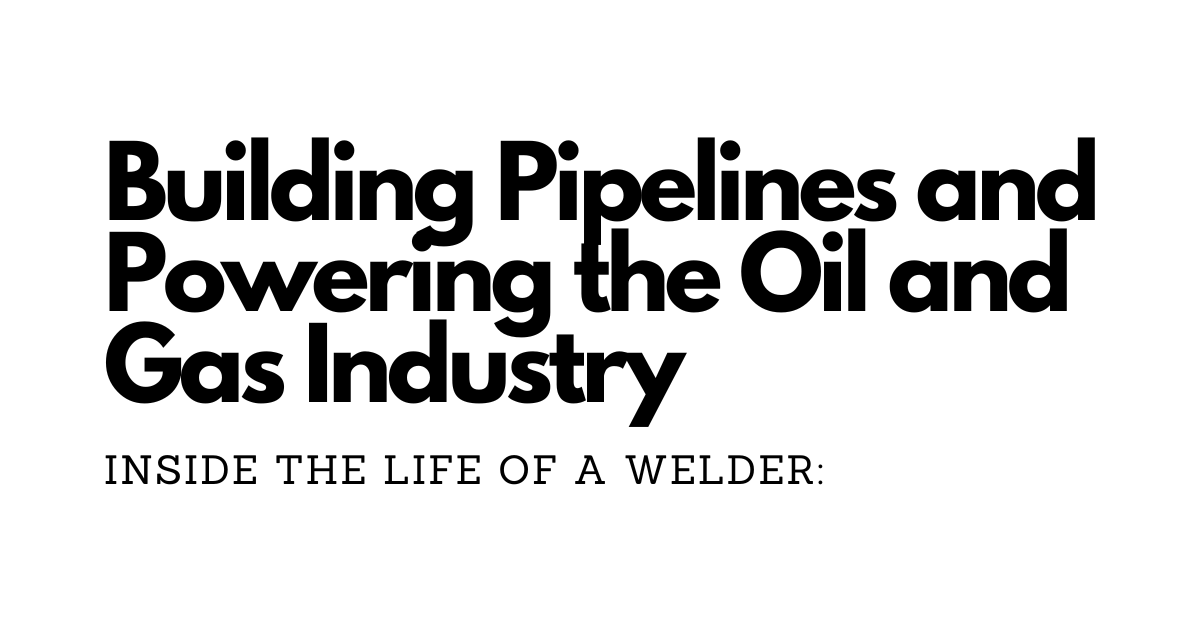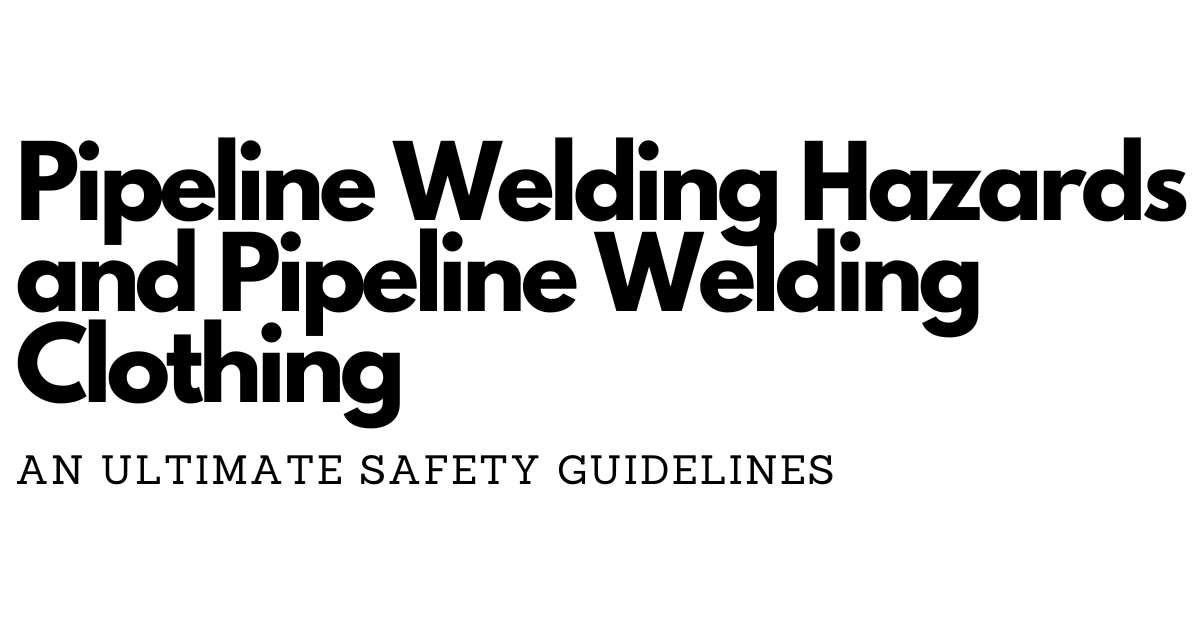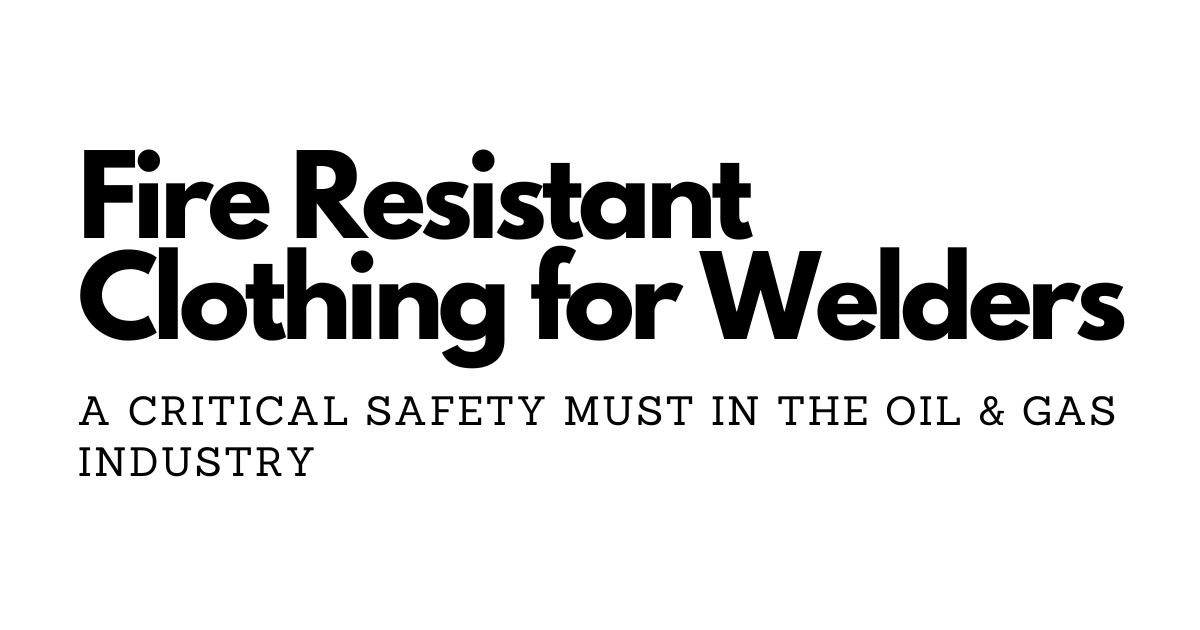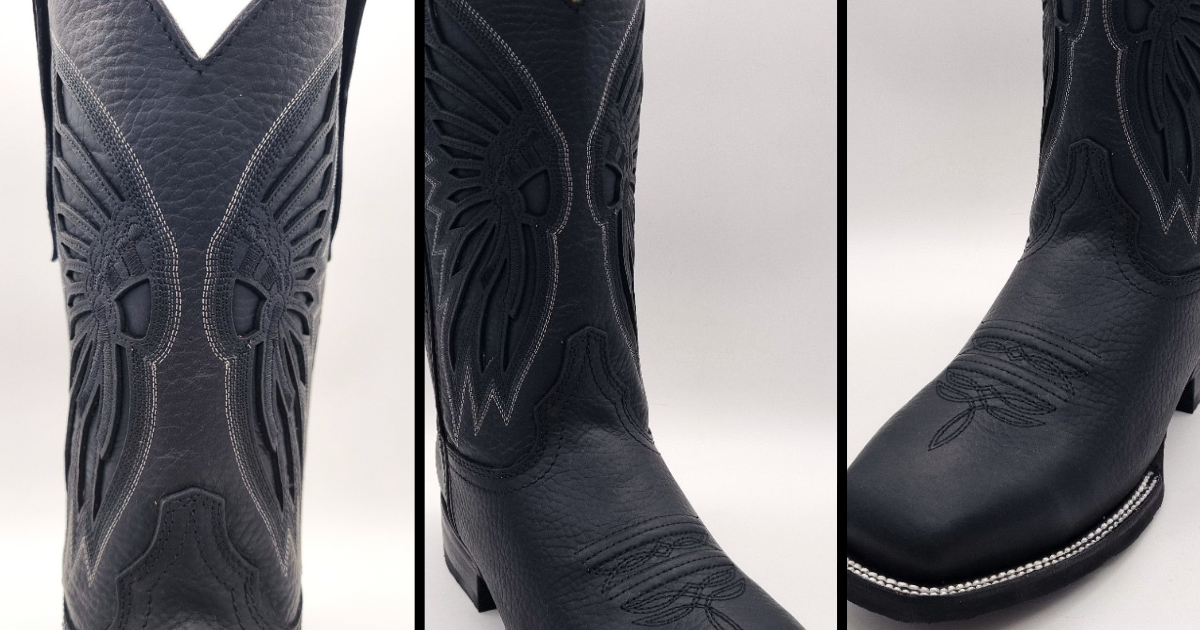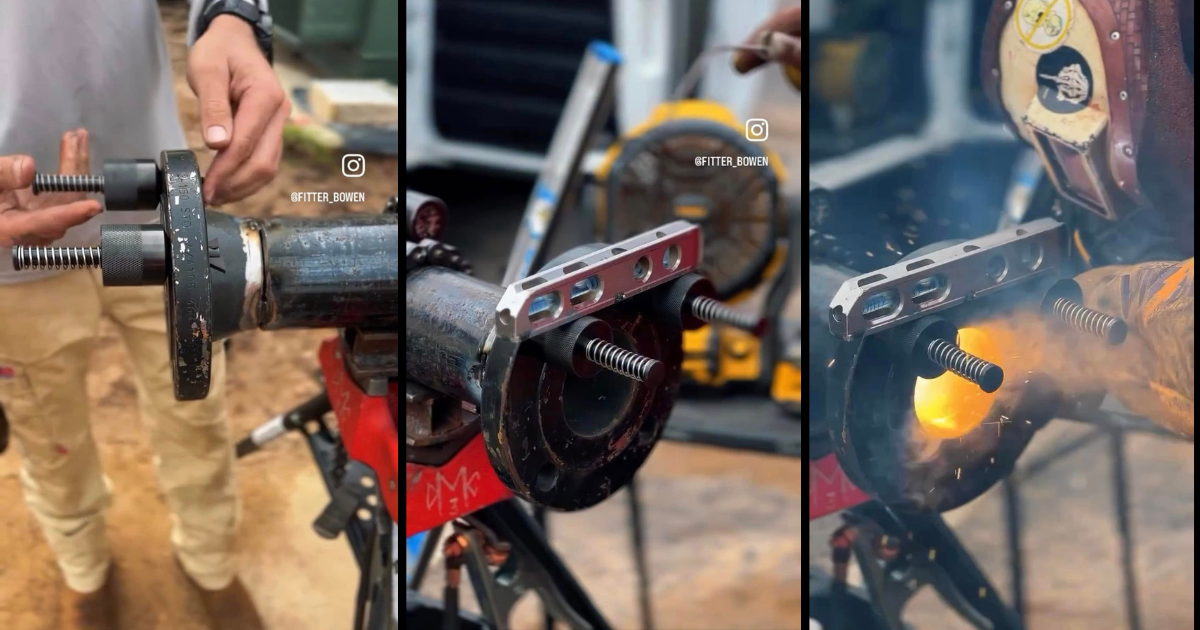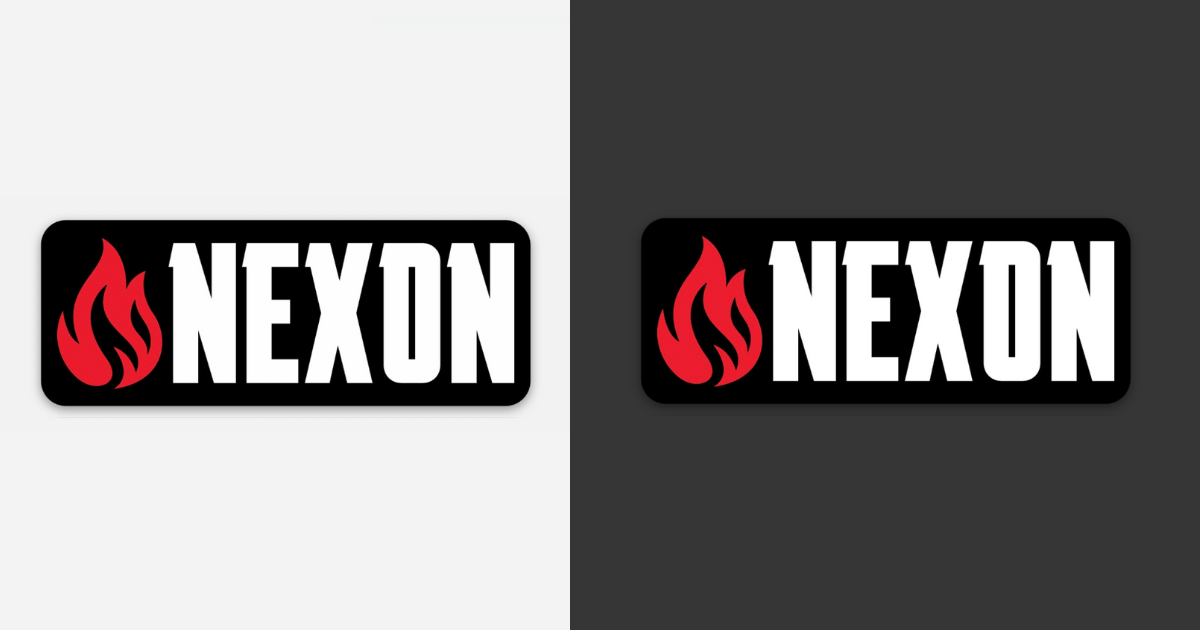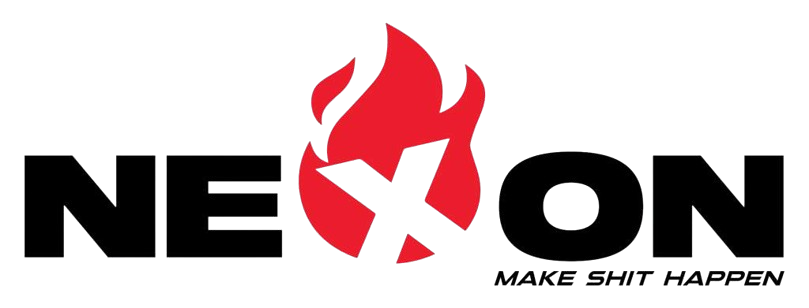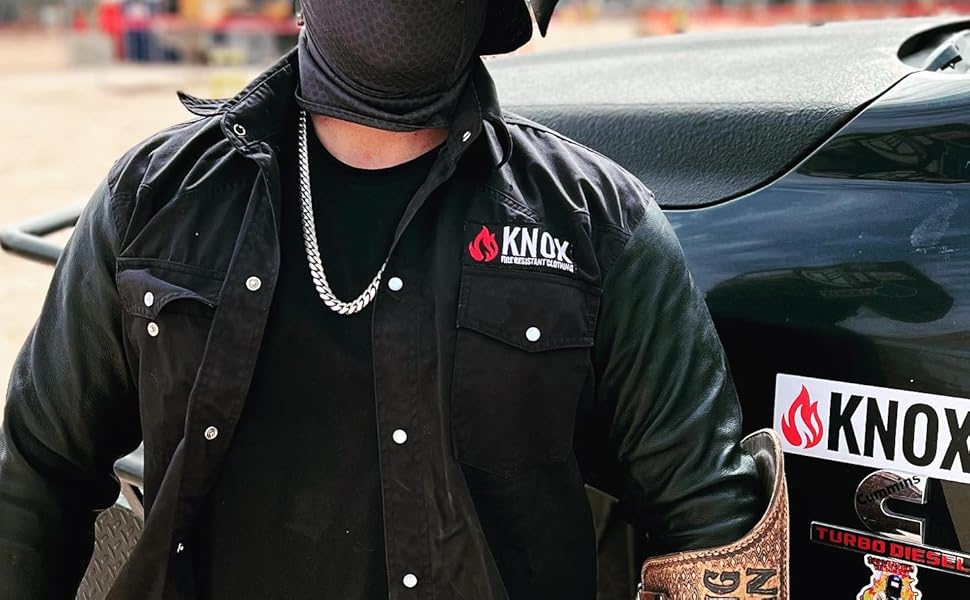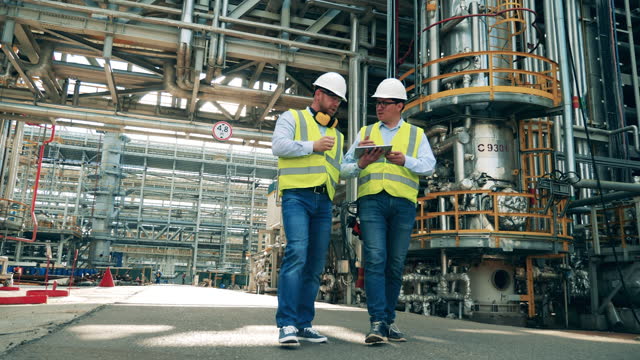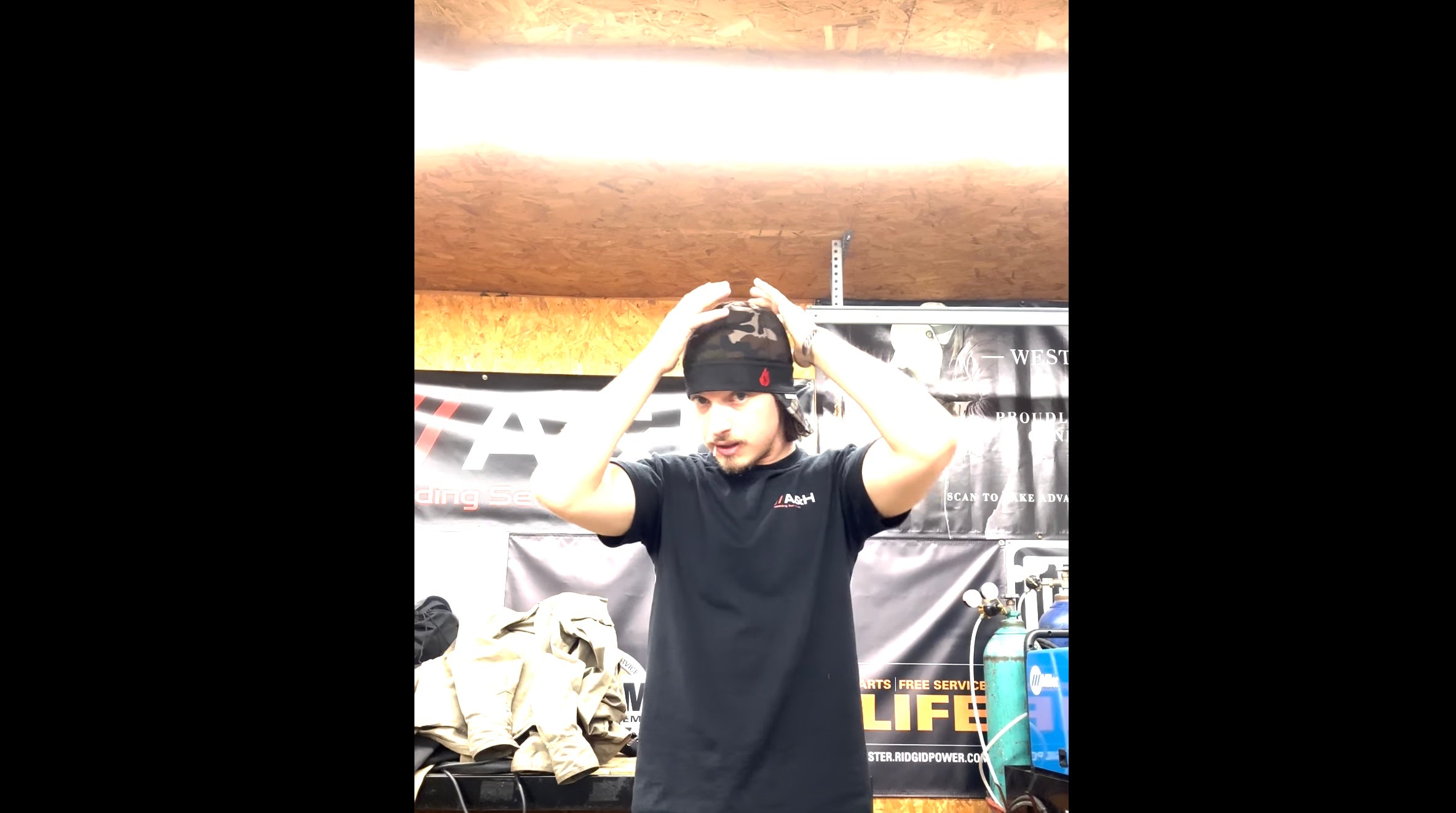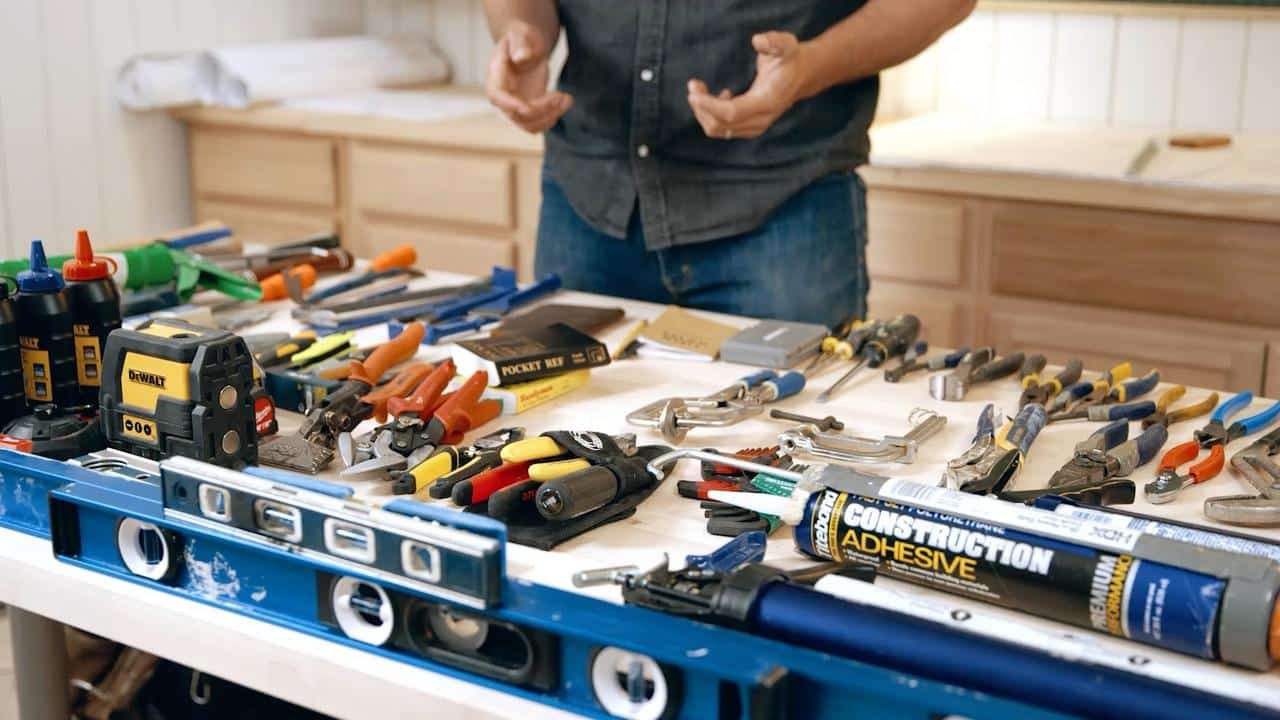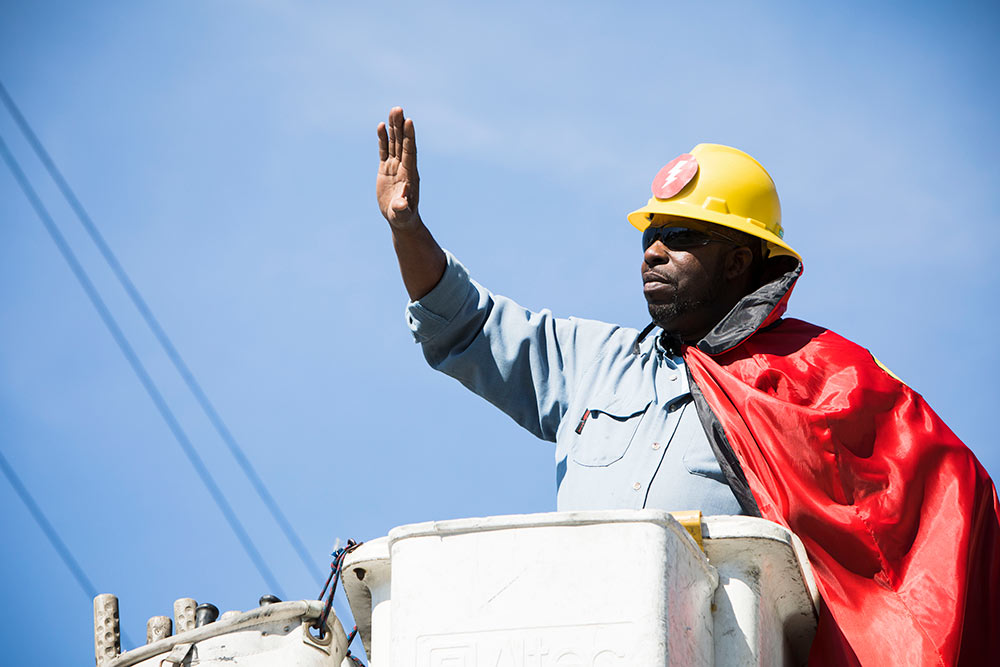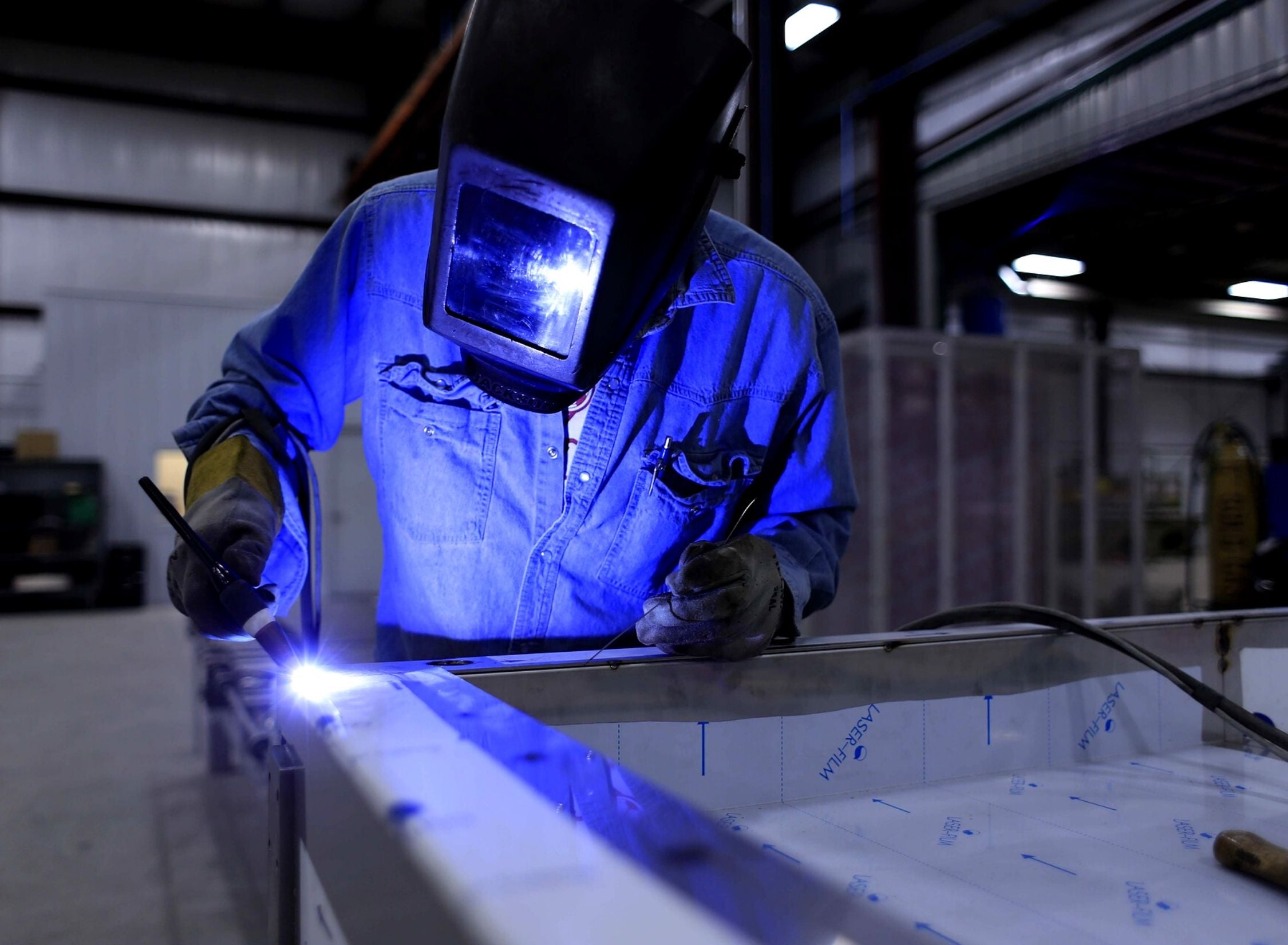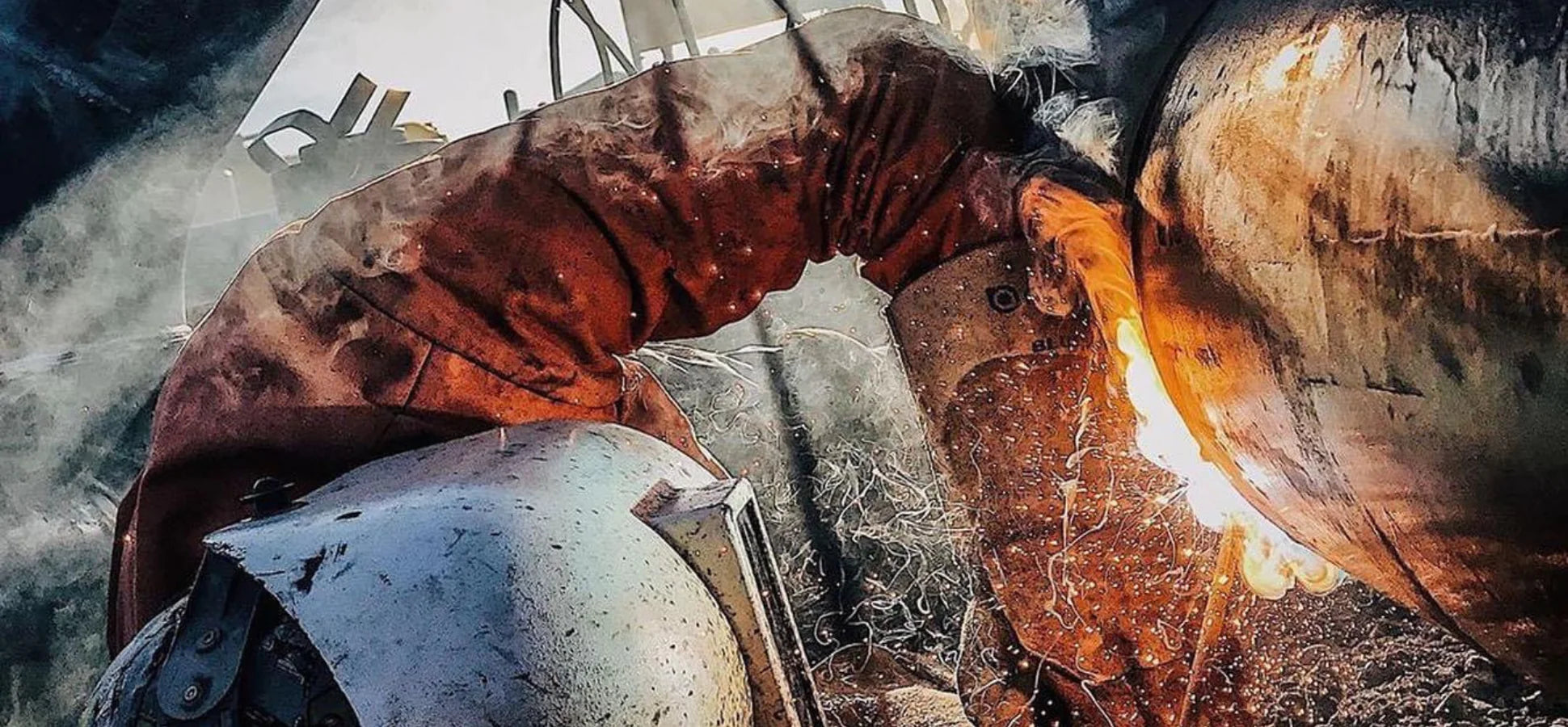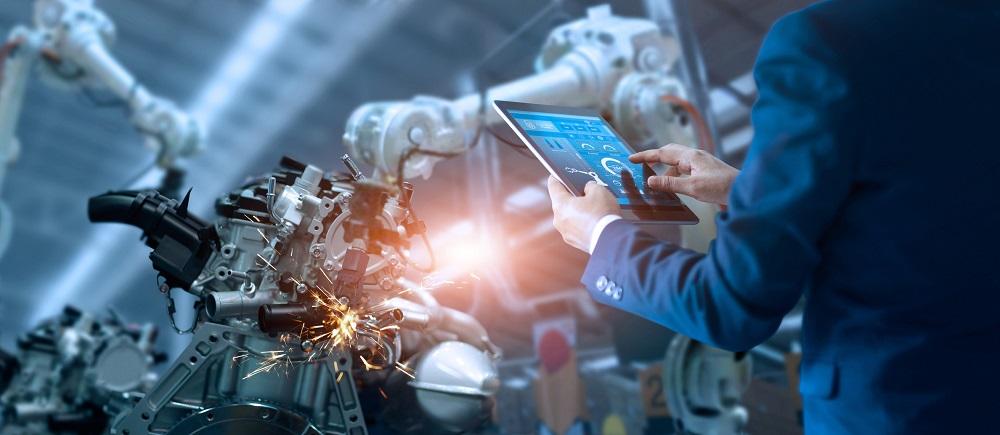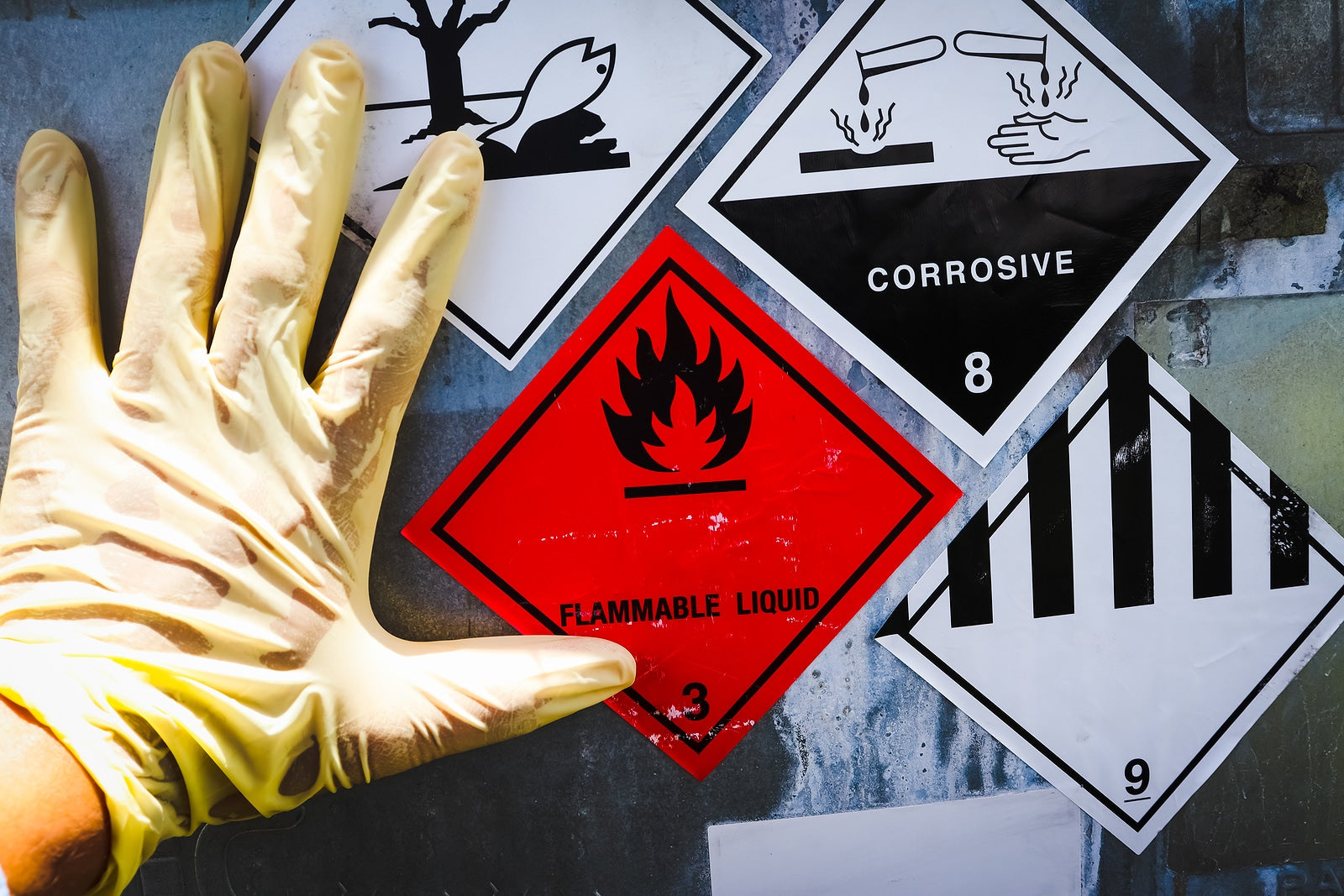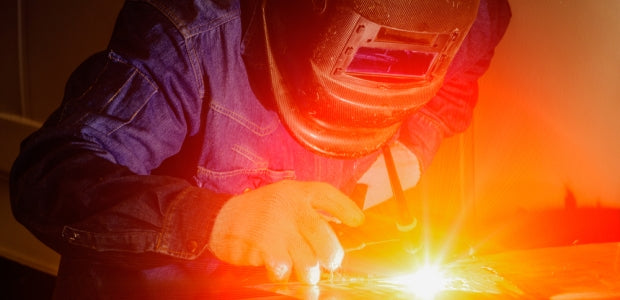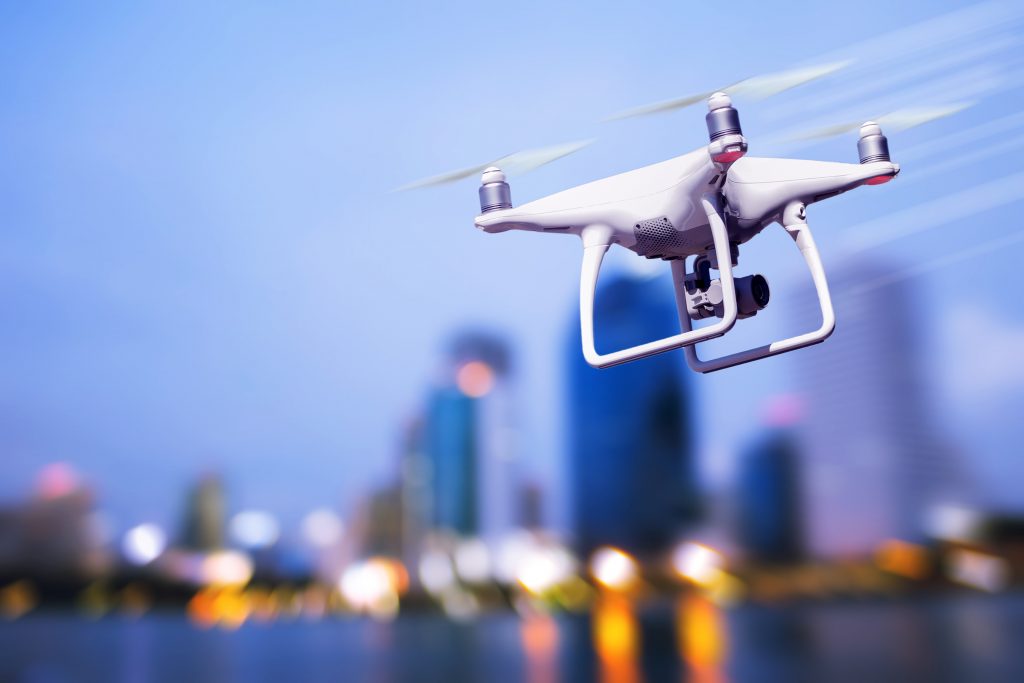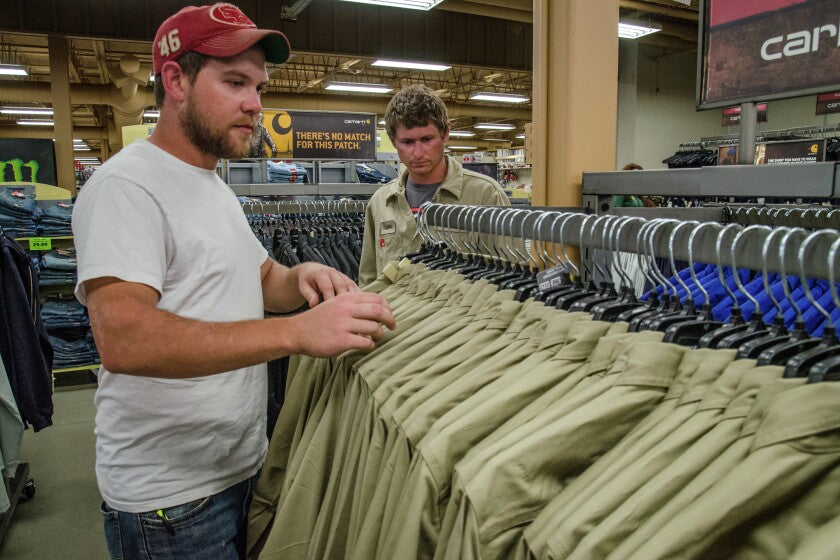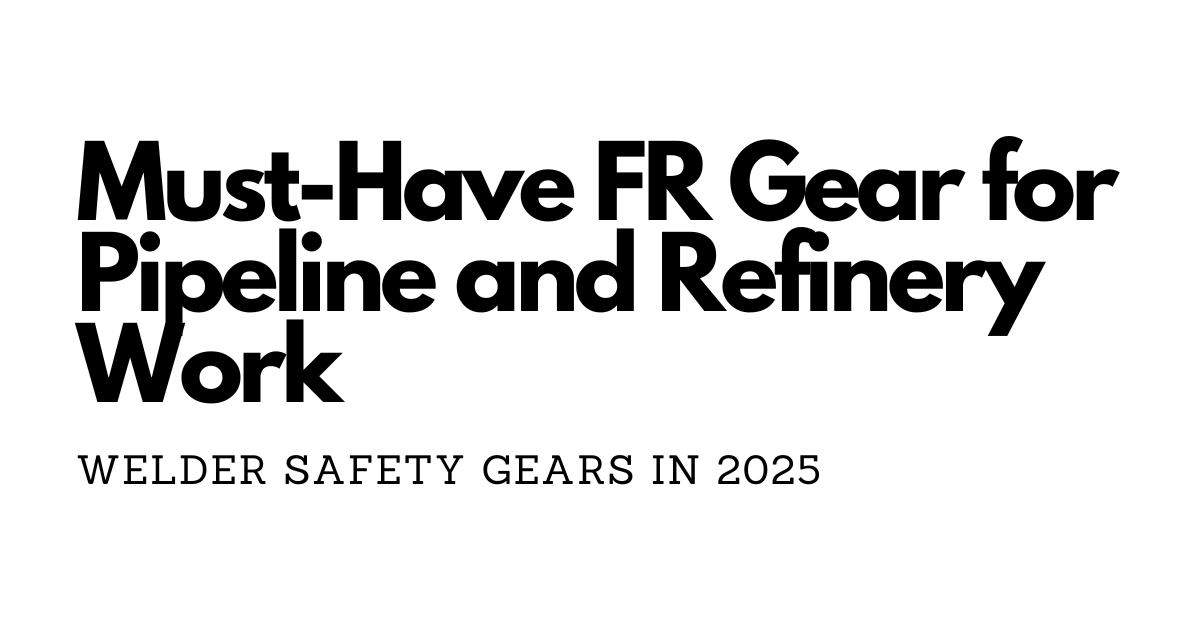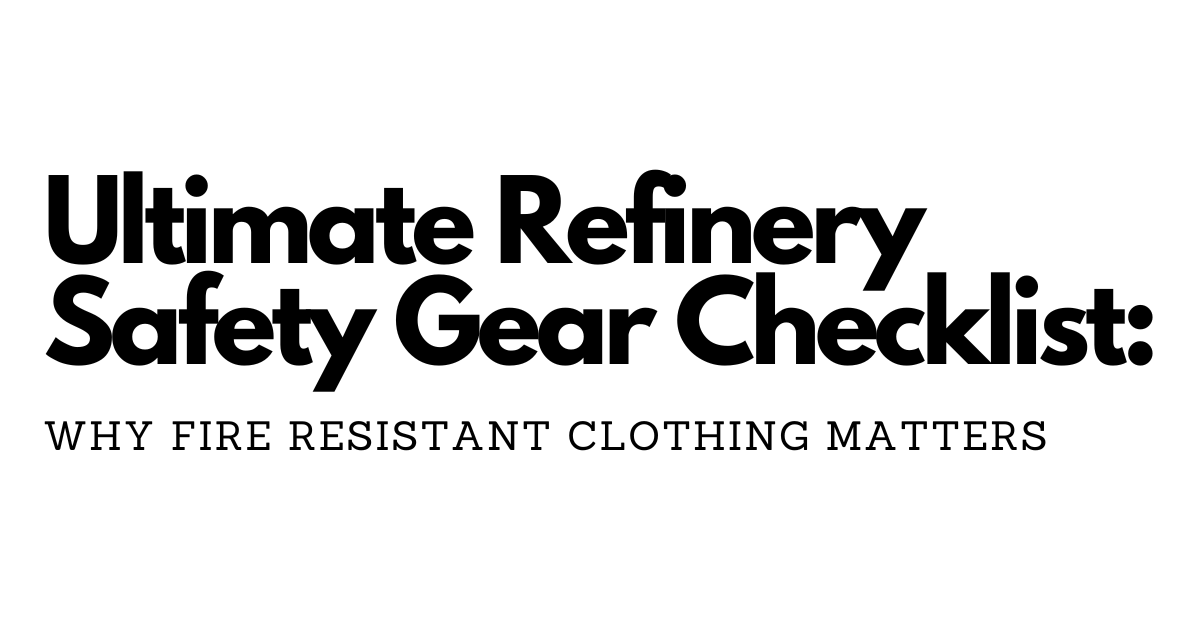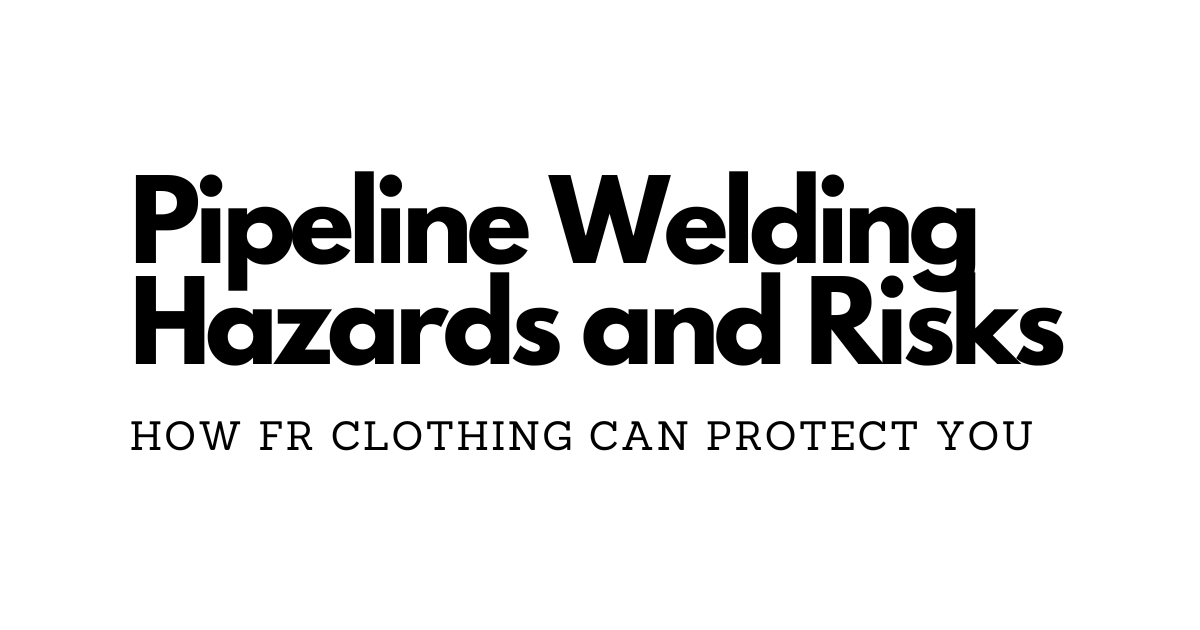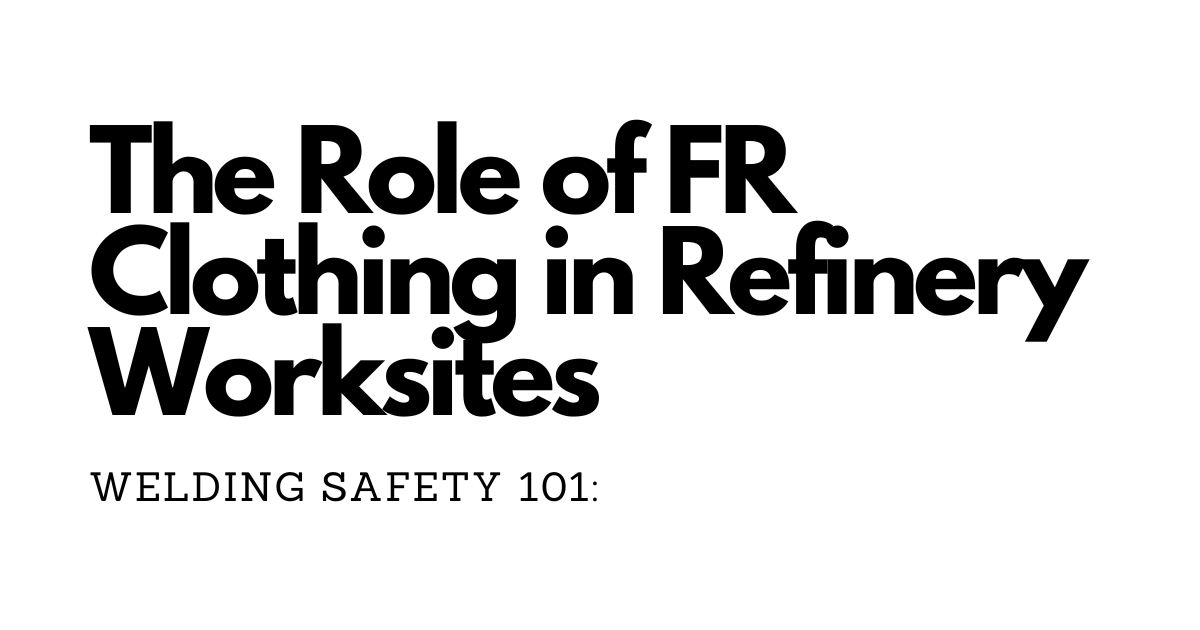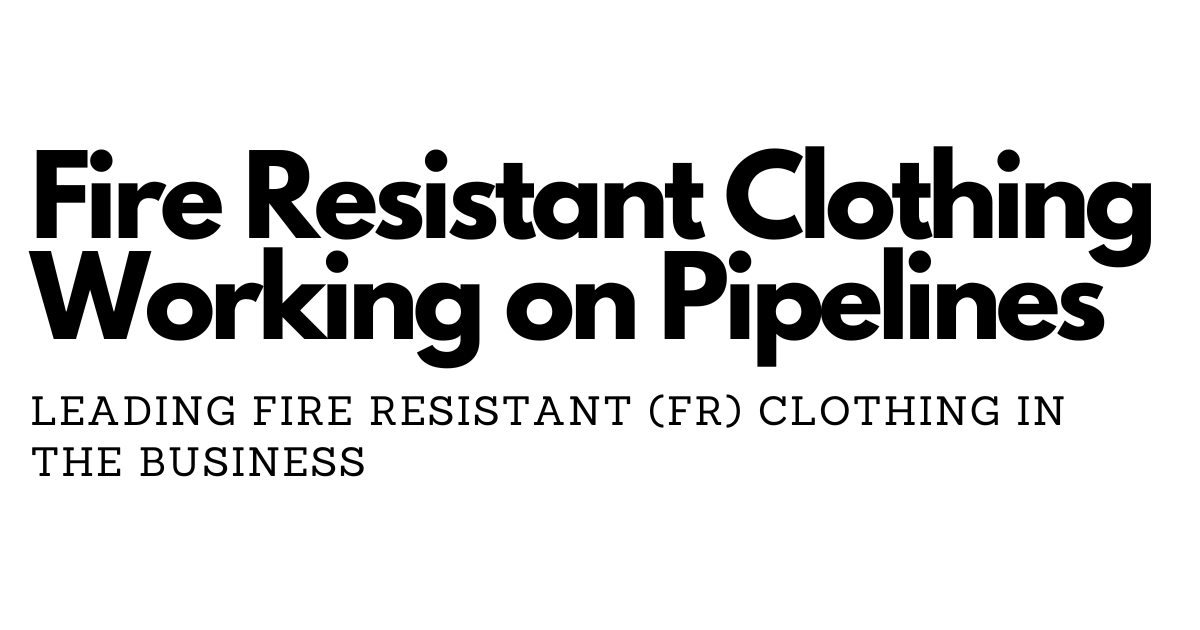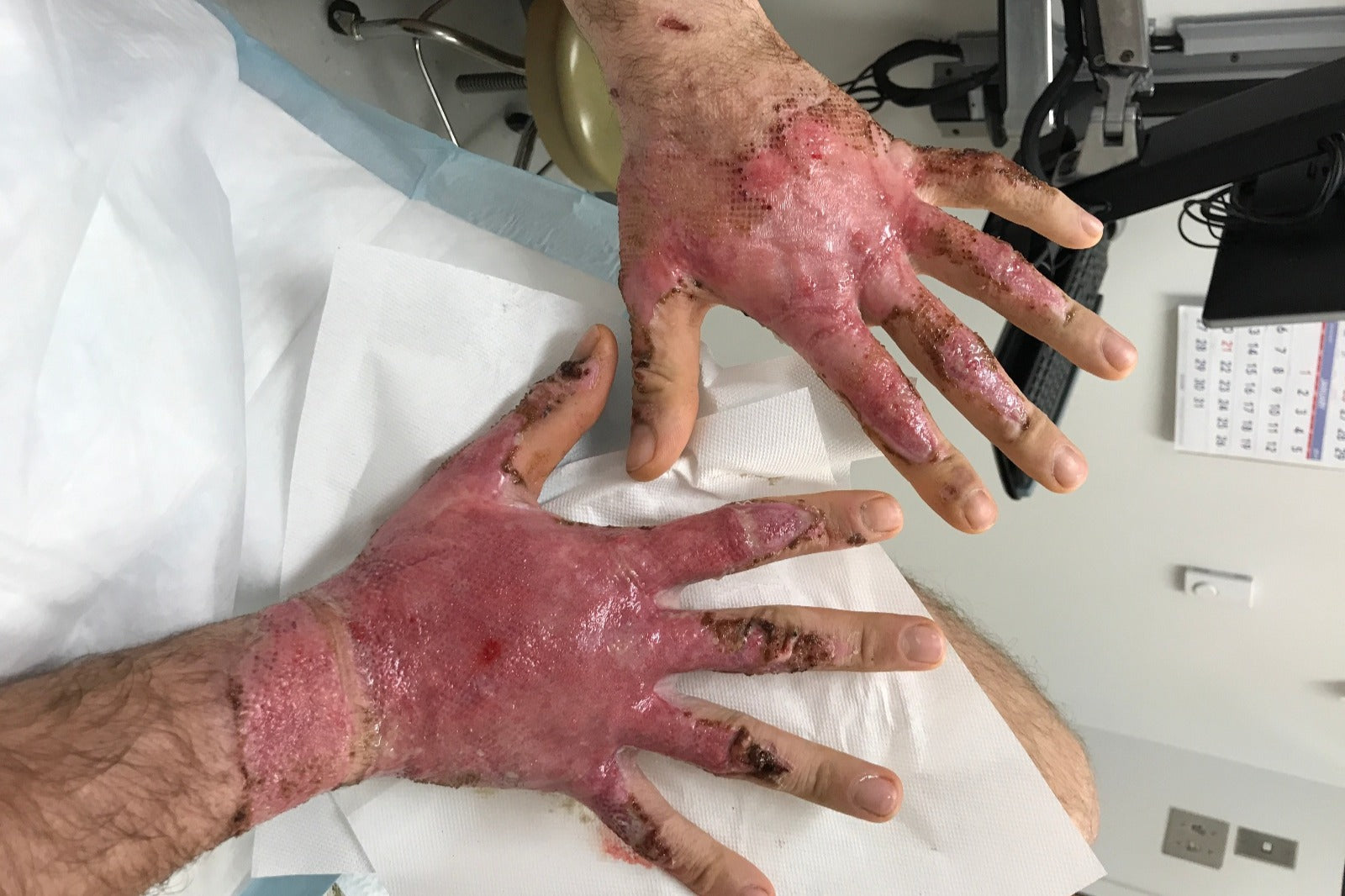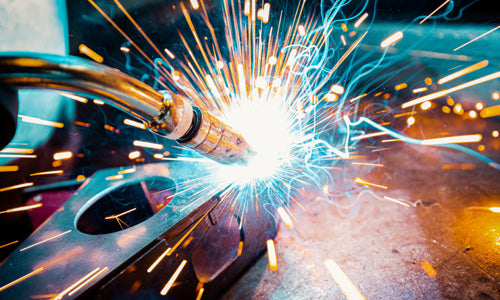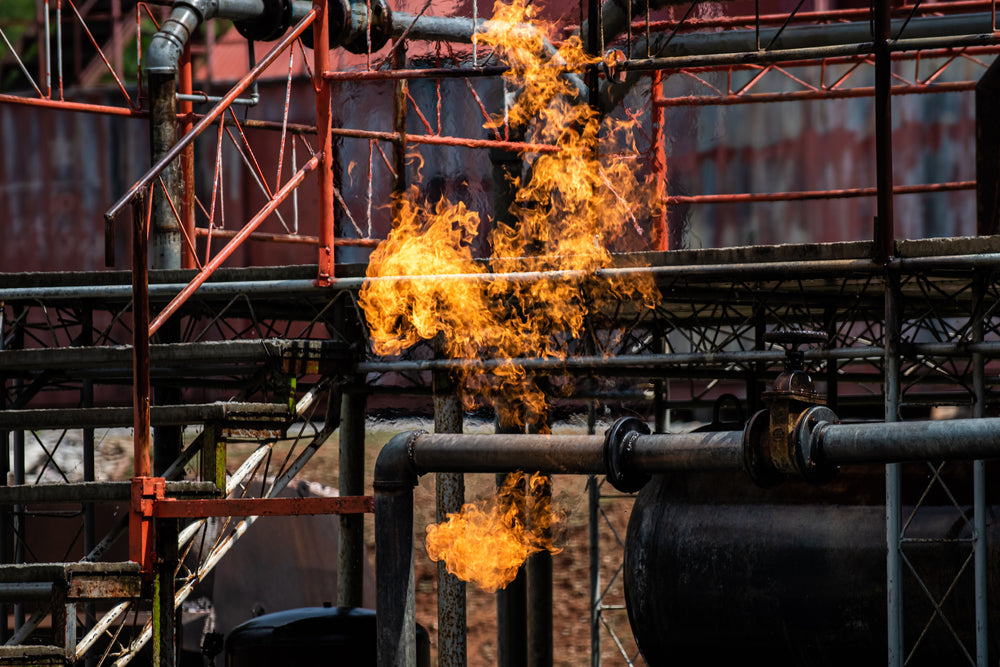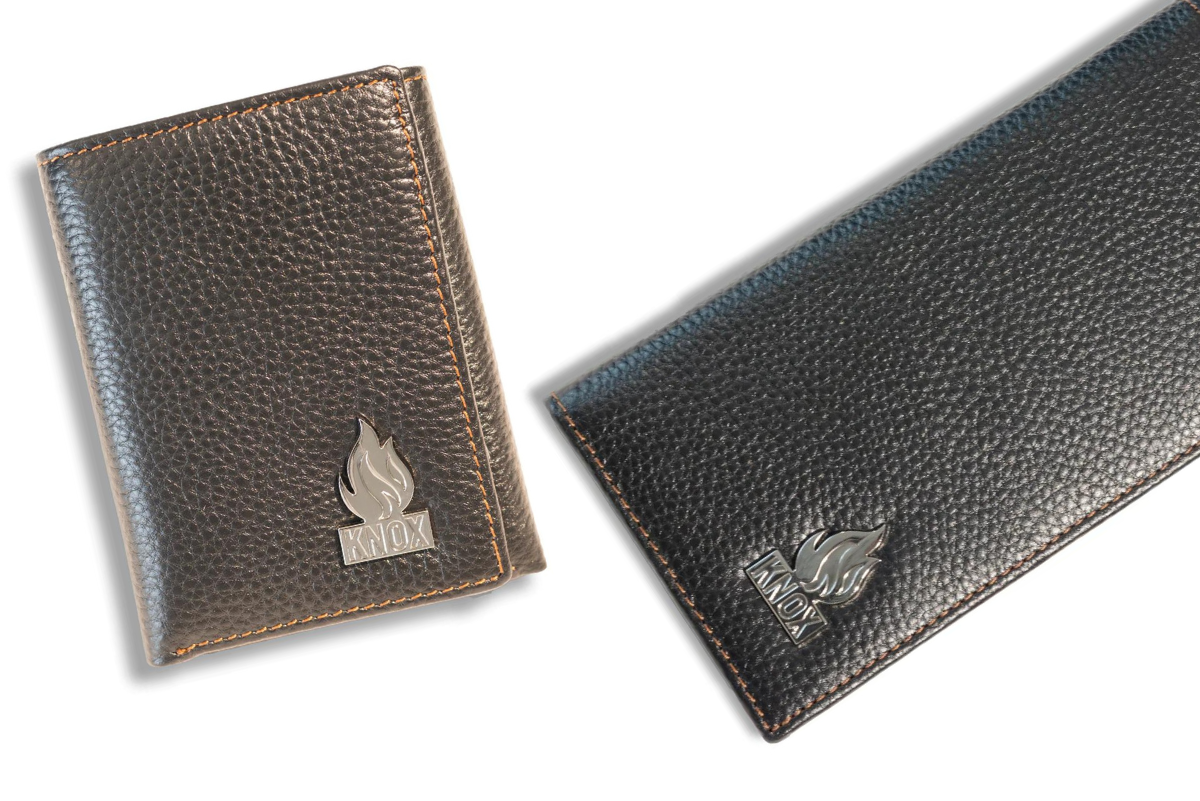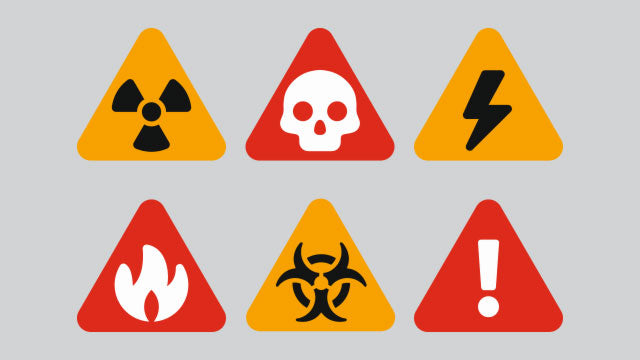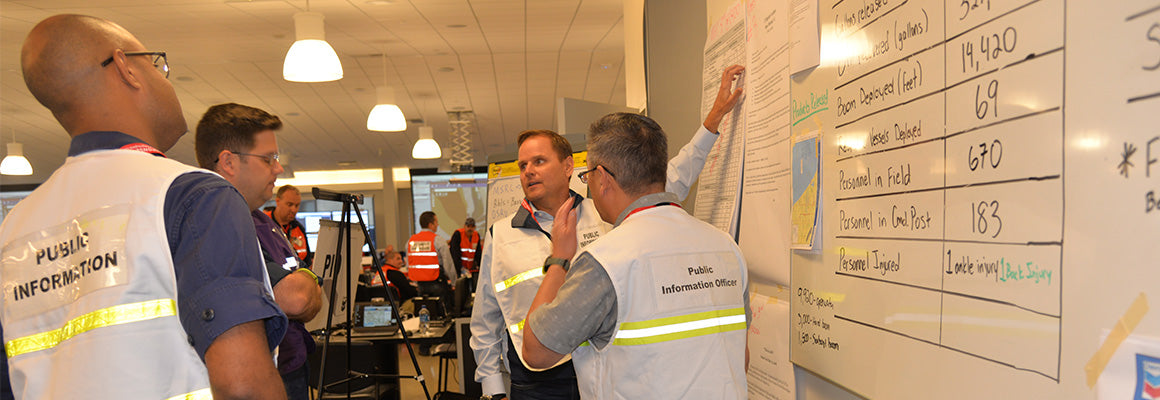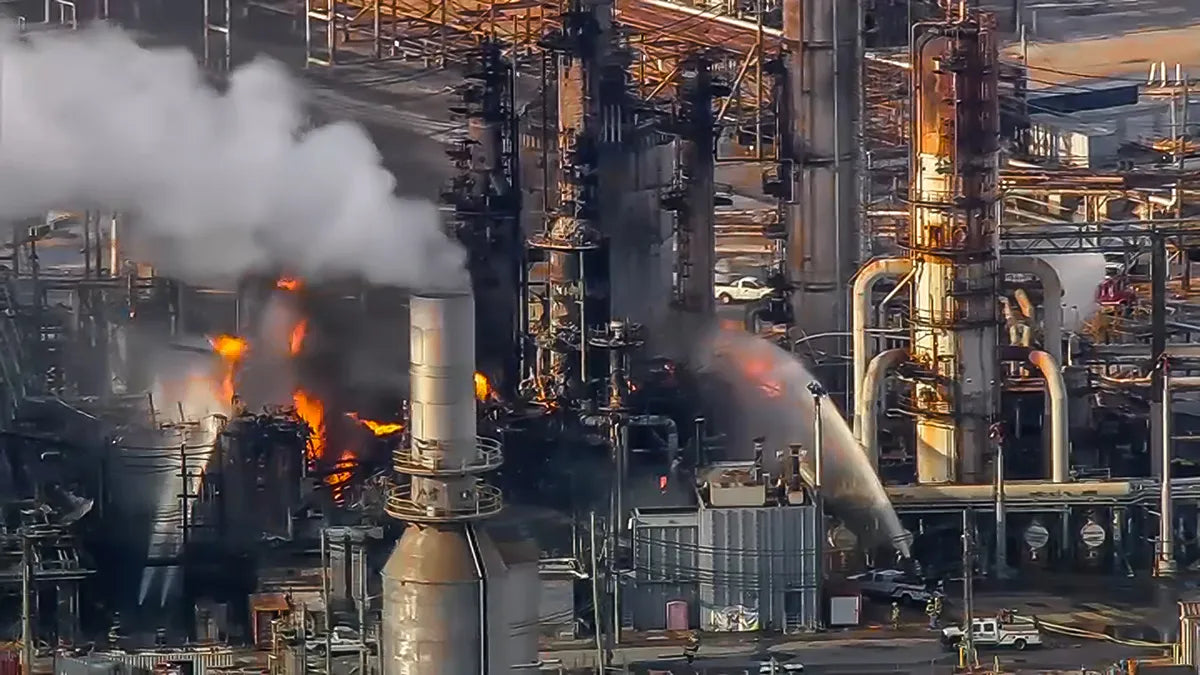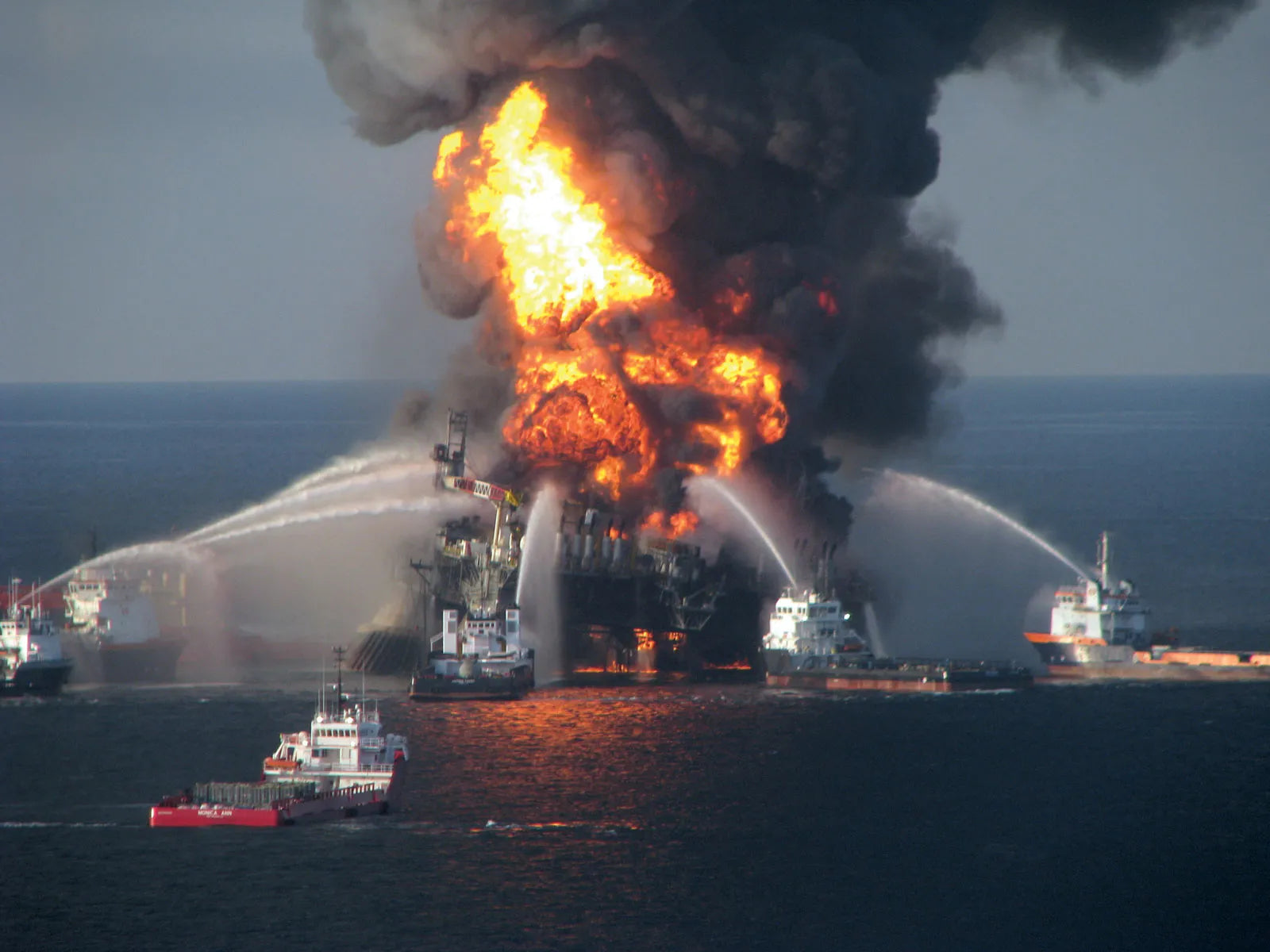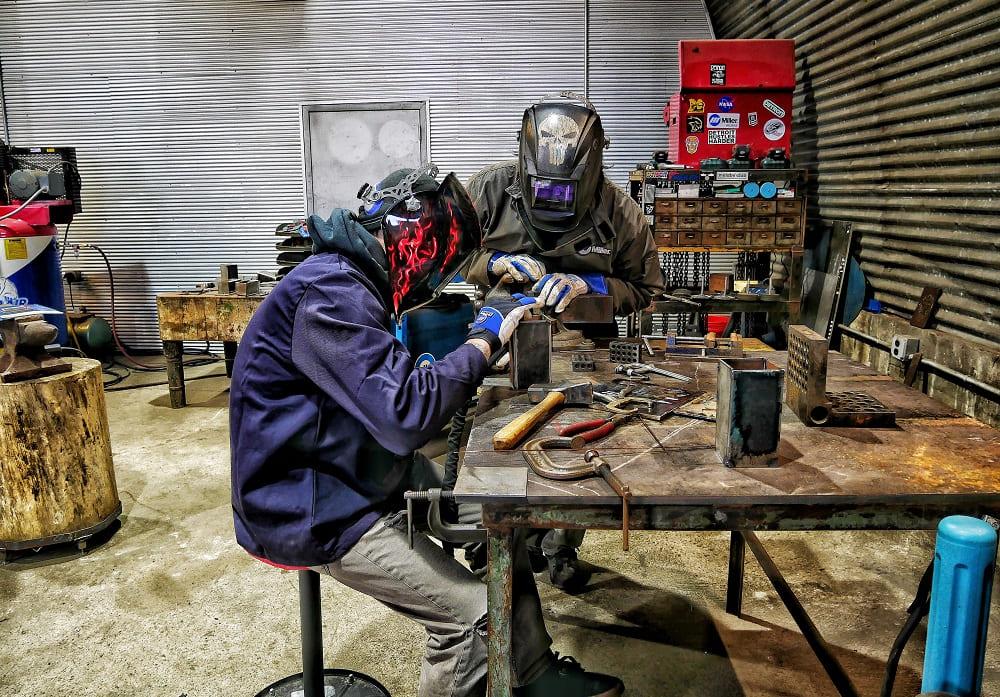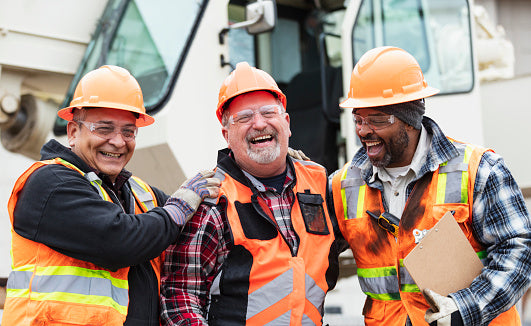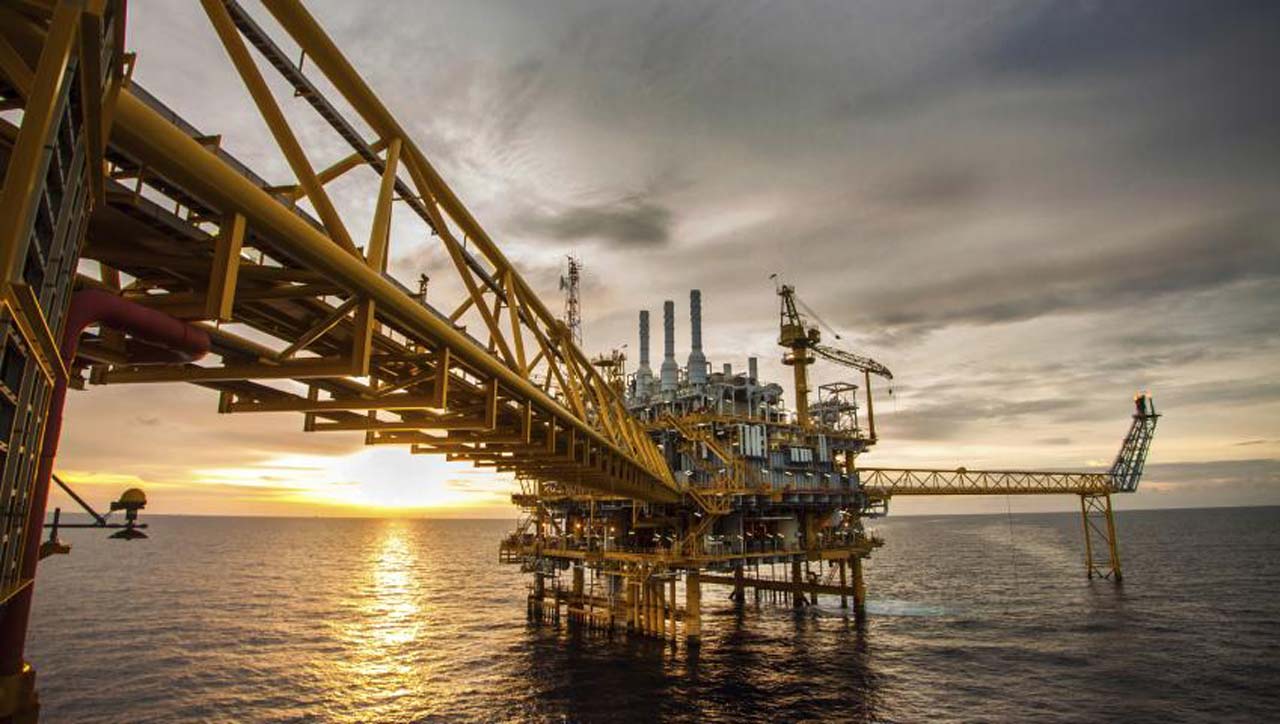
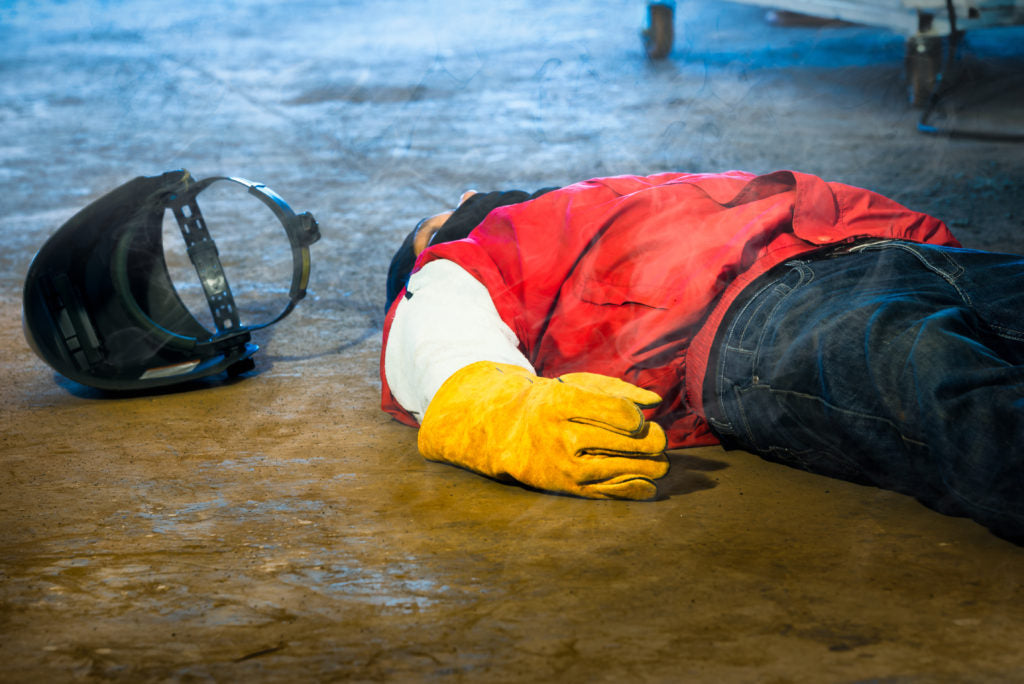
Among the dangerous tasks that we all do everyday, welding is definitely one of the top most dangerous tasks out there. Whenever there is heat involved in any job along with dangerous equipment, then the risk of getting hurt is increased by two folds. The welding process involves various types of issues, but the question is:
What is the effective way to treat welding burns? The first step to treat a burn on the skin is to get far away from the heat to ensure that the burn does not hurt much. Consider it like you have got a sunburn. Go to the doctor immediately if your eye got flash burn. To make your eye muscle feel relaxed, a doctor will give you dilating eye drops, ask you to cover them and take a complete dose of antibiotics.
No one can avoid injuries or accidents. There will always be the chance of getting hurt, whether how much you follow preventive measures to be safe. There are ways to reduce the effects of such incidents by following proper steps. The possibility of getting hurt cannot be entirely eliminated by using the best protective shielding gear equipment, but it can reduce the chance of getting seriously injured.
Types of welding burns:
First, let’s discuss various types of burns that welders are likely to face before looking at their treatment or protective methods.
Flash burns: The most common type of burn welder’s face is flash burns. Welder’s flash or arc eye are the other names of flash burns. This type of burn is caused when the welding torch emits UV rays that touch your eye. You will always be at high risk of getting this burn whenever you perform welding tasks because the emission of such harmful rays from the torch cannot be blocked.
You can consider flash burn like a sunburn that affects your eye instead of skin. The UV rays mostly affect the cornea, but they can heal by themselves, but if left untreated, it can lead to the complete loss of vision or have a chance to get infected.
Skin burns: Sparks and patter are involved in causing the second type of burn, usually on your skin. You might have encounter people wearing synthetic fibre clothes or use bare hands to feed wires. People often become neglectful to wear protective gear and equipment because they have never encountered serious injuries or burns. Later, they have to face severe results of such negligence.
Based on the severity of the injury, the skin has the ability to heal on its own, just like the cornea in the flash burn, but it is better to contact a doctor to eliminate the chance of getting an infection, and the injury will not become serious.
So, how do you treat welding burns? Anything can cause burn like heat, hot water; even touching hot things without knowing can cause serious burns. Welding burns are sensitive due to high temperature along with environmental toxic fumes and radiations. If welding burns are not treated on time, and properly, it leads to infection or ulceration.
Go as far away from the heat. Whenever you got burn, the first step is to go far away from heat. Burns get severe if they are exposed to much heat. So, immediately remove protective gear and find a cool place to sit to reduce some heat of the burn. Cooling can give you a great relief temporarily and give you some time to check the severity of the burn and get yourself a suitable treatment.
Place it in cold water to make it comfortable. Ultraviolet rays are the reason behind arc welding burns which is similar to a sunburn. So, the method you will use to treat this type of burn is the same as treating sunburn. You need immediate professional supervision in case your burn has gone above second degree and started to blister. Place the burned body part into cold water to make yourself more comfortable and reduce the pain until you get medical help.
Special note: Never use ice cubes directly on your burned skin because it can pull away from the part of your skin when removed.
You can use Aloe Vera gel or some topical cream if there is no blistering. They have ingredients that avoid peeling and provide cooling to your burn and help your skin recover faster. If the condition doesn’t improve, contact your doctor and get a proper examination of your condition.
Flash Burns: The diagnosis of flash burn is difficult because it cannot be seen from eye like skin burn, but if you feel mild to severe pain after few hours of burn encounter, then this can be a symptom of flash burn.
You may feel irritation in your eye, and it becomes blood red. You may not be able to see properly. Doctors make your eyes numb by using anaesthetic eye drops for a complete examination of the condition. After anaesthetizing your eye, the doctor put orange dye in your eye. When blue light falls on it, it can detect the damage within your eye. Don’t worry about the dye; it is harmless. It comes out easily with your tears.
Dilating Drops: To reduce the pain and make your eye muscle relaxed, the doctor uses dilating drops so your eyes can heal in a much better way. It will make your pupil a bit larger. You may feel some difficulty keeping your eyes open in the light, but it increases your healing process. You may feel this discomfort for few hours to a few days.
Dressing: In case of severe burn, the eyes need time to rest and heal. The doctor uses padded dressing to cover your eyes. Don’t drive when you are wearing eye patches.
Antibiotics: To prevent infection, doctors may prescribe antibiotics. For effective results, you should complete the full dosage course of antibiotics.
Preventing burns: Preventive measures are way better than treating burns. Don’t forget to wear protective gear and safety equipment when you are dealing with a welding job. It can protect you from burns effectively. Welding helmets of the best quality must be used that covers your neck, ears and face. To protect your eyes, you should wear safety goggles under your helmet.
Wearing aprons and gloves of high quality should be used especially for welding work. They must be free from any holes and must be in good condition. To protect your ears from welding spark, flame resistant earplugs and earmuffs are used.
While welding, stay away from all combustible materials such as matches or lighters. Make sure that your clothes are specially designed for welding with no air pockets and cuffs that can catch a spark or molten lava. The workplace should be free from loose wires or dangerous materials that can trigger an accident.
Frequently asked questions:
What types of injuries can occur from welding? The most common injuries are flash and skin burns. Despite that, you can also face breathing problems. This is due to the entrance of toxic environmental fumes into the respiratory tract. Welding can also lead to hearing loss because of the loud sound produced by this operation.
Can welding cause skin cancer? There are ultraviolet (UV) rays present in the welding process. Due to continuous and prolonged exposure, it can become the reason for skin cancer. The risk is increased if you are surrounded by hard and smooth surfaces that can increase the reflection of these rays.
What is the treatment of explosion burn? The treatment of explosion burn is similar to the burn caused by heat or fire. First, you should use lukewarm water to clean and cool down the wound. Protect your wound from butter or oil. If you are wearing any jewellery, remove them to avoid any problem due to the swelling of that area. To avoid infection, use prescribed antibiotics.
